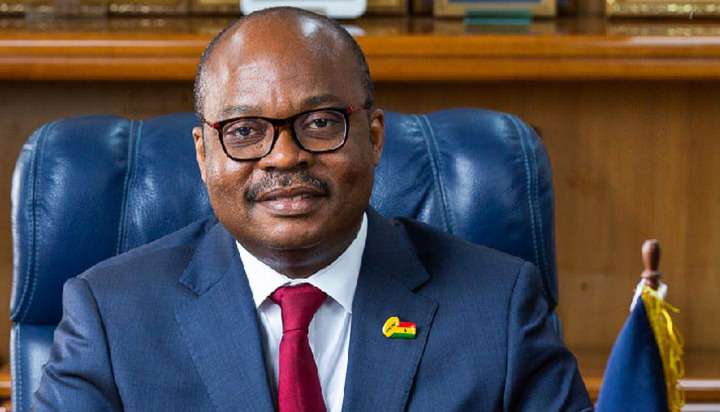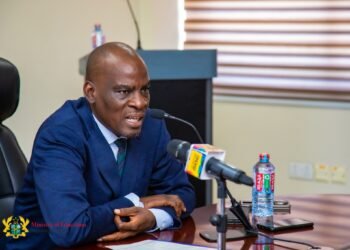Government’s revenue mobilization efforts faced headwinds in the first three months of the year as it could not raise the revenues it expected to finance its budget for the period.
According to data from the Bank of Ghana (BoG), total revenue and grants amounted to GH¢16.7 billion in the first quarter of the year, equivalent to 3.3 percent of GDP.
The amount raised during the period is GH¢2.6 billion lower than the target of GH¢19.3 billion which should have accounted for 3.8 percent of GDP. The revenue shortfalls for the period represents a 13.5 percent decline compared to government’s expectations for the quarter.
Despite the shortfall in revenue mobilization in the first three months of the year, thus, between January and March, the outturn is marginally above the total revenue and grants of 3.2 % of GDP registered in the corresponding period last year.
Whilst the Central Bank is yet to give details on the performance of each revenue component, the shortfall in overall revenues maybe be partly attributed to the delay in the passage of some revenue measures outlined in the 2022 budget, one of which is the e-levy. This tax handle is expected to contribute about GH¢4.5 billion to the projected total revenue and grants of GH¢100.5 billion in 2022.

Consequently, the lower-than-projected revenue outturn in Q1 2022 reflected in the spending patterns of government within the quarter.
The Bank of Ghana disclosed that total expenditures amounted to GH¢27.0 billion (5.4 percent of GDP), below the programmed target of GH¢30.5 billion (6.1 percent of GDP). This also means that government spent GH¢3.5 billion less than it expected. This could also reflect some of the expenditure-cut measures announced earlier this year, as part of government’s fiscal consolidation efforts.
Wider fiscal deficit
The shortfall in revenues, despite the fall in expenditures, resulted in a wider-than-expected fiscal deficit for the period.
“On budget execution, provisional data for the first quarter of 2022, indicated an overall broad fiscal deficit (cash, excluding energy sector payments, financial sector clean-up costs) of 2.6 percent of GDP, against the programmed target of 2.3 percent of GDP. The corresponding primary balance for the period was a deficit of GH¢2.3 billion (0.5 percent of GDP), against a deficit target of GH¢1.4 billion (0.3 percent of GDP)”.
Bank of Ghana
The above developments impacted the stock of public debt which increased to 78.0 percent of GDP (GH¢391.9 billion) at the end of March 2022, compared with 76.6 percent of GDP (GH¢351.8 billion) at the end of December 2021. Of the total debt stock, domestic debt was GH¢189.9 billion (37.8 percent of GDP), while the external debt was GH¢201.9 billion (40.2 percent of GDP).
Nevertheless, the Central Bank adjudged government’s fiscal policy implementation for the first quarter as “broadly in line with targets” although it noted that there were minor deviations in the deficit target, stemming largely from low revenue receipts.
Moving forward, BoG expects fiscal consolidation efforts to take “hold gradually” with the mid-year budget review providing further “fiscal fine-tuning” to ensure that the fiscal consolidation efforts stay on track.
READ ALSO: Grain Development Bill will address skyrocketing food prices- MoFA




















